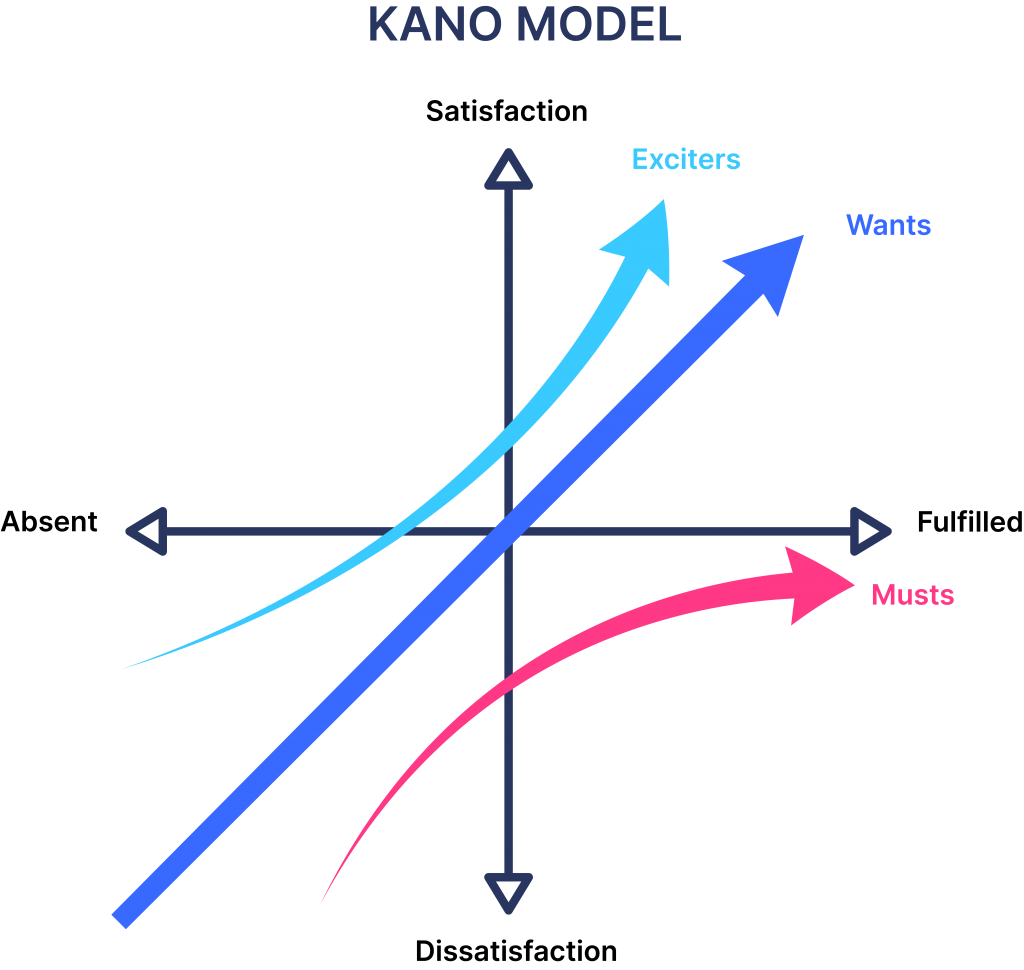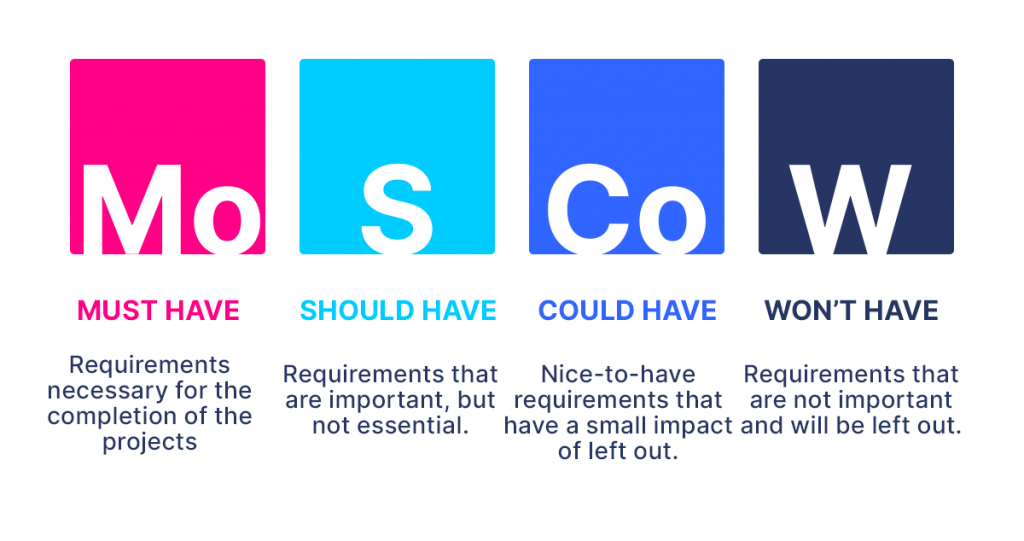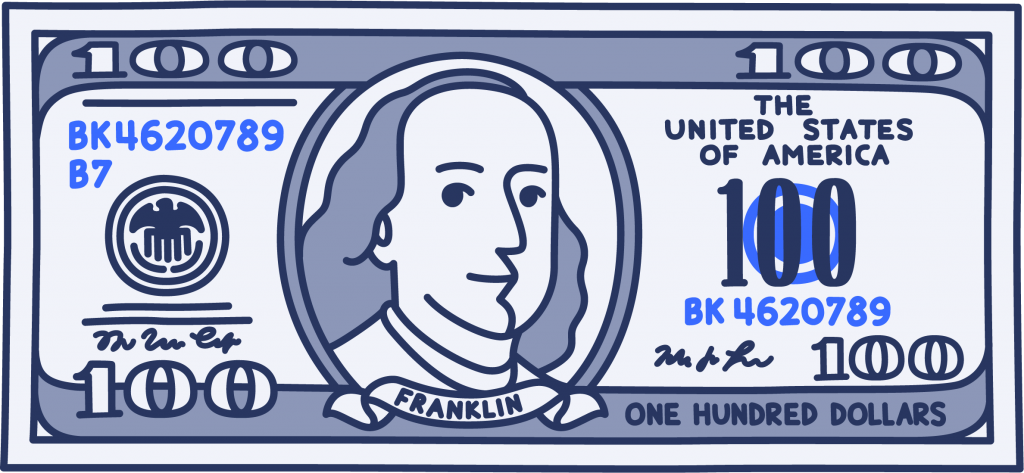You use prioritization to make sure you get the best out of agile product development. Here are the seven best prioritization models to try.
Contents
What prioritization models are the best for agile product development?
We’ve gathered for you the best prioritization models:
Agile product development can be much more complex than regular development processes, especially since it comprises several self-organizing teams. That presents some unprecedented potential problems.
Managing the product team while trying to release the product can be a bit challenging. This is why agile product managers and teams prefer to work with prioritization techniques at the beginning, such as the Value vs. Effort or RICE prioritization models that are also built into StoriesOnBoard that you can freely try out.
With proper planning, you can save time spent fighting fires.

1. Kano Model
The Kano agile product development prioritization model takes into consideration actionable product feedback from users in development.
That information is then used to assess which features should be prioritized in product development.
When using the Kano Model, you have to determine the impact of each feature.
These are classified into three different categories, which are
- must-have/basic features,
- exciters and
- delighters, as well as performance/linear aspects of the product.
By gauging the significance of each feature using the Kano Model, you can determine what to prioritize during development.
When assessing what to prioritize using the Kano Model, you use an X and Y-axis to determine the significance of each feature. As a result, you get a visual representation of what needs to be prioritized. It can also be more visually aesthetic for presentations. It is one of the simplest prioritization models that can help bring in team cooperation as everyone knows what they have to prioritize.
2. Opportunity Scoring
Opportunity scoring is a highly effective prioritization model. Any organization can use it when developing agile products. This prioritization framework uses data from user research to find out what they expect from a product of your kind. That can help shape the schedule you have started planning because you’ll get to see the problems that customers expect to be resolved quickly.
In that way, you can readjust the schedule to be suitable and accommodating to those customer expectations. At the same time, you can also prioritize certain features on the budget by using the opportunity scoring model.
If you recognize that the majority of the customers you’re targeting don’t care for certain features you’ve planned to invest a lot of money in, you can even change them. You may reappropriate the budget and also readjust the human resources to more big-ticket items by user research. You can then develop other features to improve the product at a later stage.
Expand your knowledge, follow us for more!
3. Stack Ranking
Stack Ranking is one of the best prioritization models for evaluating necessary and non-necessary product features. You can then use those findings to ascertain what is necessary and what your product can do without prioritization purposes. However, the catch with stack ranking is that you have to try and determine what to prioritize by comparing features.
This relative comparison method can be a little challenging because the features you have brainstormed have to go toe to toe with each other. Being objective can help you prioritize the features that deserve priority and then deal with the others as time goes on.
Instead of thinking about what you think deserves priority, get into the customer’s shoes. What will they expect? Which features simplify their user experience?
Understanding this will help you determine what customers expect your team to prioritize. This prioritization model works on all kinds of product development processes.
4. Priority Poker
Priority Poker is a prioritization model in agile product development derived from the actual game of cards. When you are playing poker, you’re essentially prioritizing in a calculative manner and if done right, this can yield great results. The same applies when playing priority poker during agile product development. You prioritize the big-ticket items that will lead to a massive victory in whatever market you’re targeting.
How does this work? A project manager will gather all the stakeholders involved in the project. Sometimes even the end users are part of this process. Each stakeholder will vote for the significance or impact of each task and feature that is scheduled to be done.
Using that information, the project manager will moderate the answers and release a prioritized schedule. In that way, it is not one person making the decision but involves all the stakeholders. If the end-users were present, your results would be much more effective but this is not a requirement for playing priority poker.

5. MoSCoW Model
Although the MoSCoW model might have its origins mistaken for Russia, this is not the case because its name is an abbreviation.
- Mo stands for Must be, which are features that the product cannot do without and must be included.
- S stands for Should have, which are features that should be included but are not that critical.
- C stands for Could have, which are features that just improve the experience but are not critical to the operation and functionality of the product.
- W stands for Won’t have, which are features the stakeholders have ruled against and won’t be part of the product.
By prioritizing features using the work MoSCoW, you can prioritize the most important aspects first, which is the main objective of prioritization in agile product development. Essentially, products that are under M and S should be your priorities whereas, C is not that much of a priority. W is a canceled or delayed feature to a later version, not the one you’re working on.
6. Cost of Delay
The Cost of Delay prioritization model is a model that helps you determine the amount of money you’re chance of losing if some features are not available. Essentially, you are getting in front of fighting fires. Therefore, it is a proactive battle to ensure that there aren’t any emergencies that bleed money.
By ascertaining how much money the company might lose each day by delaying the feature or task, you can determine how urgent they are. As a result, you will have a carefully planned schedule that contributes to the overall budget savings. Therefore, this prioritization model is more in the financial domain and has nothing to do with user experience or customer satisfaction.
While you can take these aspects into account when calculating the Cost of Delay, it is not the main objective of this prioritization model. By using this prioritization technique alongside others, the results would both be financially and emotionally justified.
7. 100 Dollar Test
Cumulative Voting, colloquially known as the 100 Dollar Test, can be a simple yet very effective prioritization model. It is similar to priority poker. The only difference is that the stakeholders are given a fixed amount of points to use in a vote.

Each stakeholder has a figurative 100 dollar bill and they vote by spending a certain amount on that particular feature. Once all the 100 points are spent, the votes are tallied and the moderator finds out what needs to be prioritized according to the units on each feature.
Ensuring that every stakeholder is represented will result in a fair and equal grading system that has the best interests of the product at heart. This is especially important since agile product development has different teams collaborating on the project.
Expand your knowledge, follow us for more!
The bottom line: Choose the prioritization model that works for your team
These prioritization models are a paramount part of project planning and management. Without an effective prioritization strategy, you might end up bleeding a lot of money from the project. Also, the project might not have an impact on the intended customers. Therefore, it is important to use an objective prioritization grading system that contributes to a successful agile product development project.
StoriesOnBoard can help you prioritize your ideas by sorting story cards into releases. Keep an ‘unsorted’ release category at the bottom of your map where you can always pick tasks and features in case you need to fill up a sprint.
About the Author: Charlie Svensson is an engaging freelance content writer and blogger having work experience with thesis writing services and an essay writing service where he provides essay help to college students. Some of his favorite topics include education, digital marketing, motivation, technology and self-growth. He can write for a wide variety of audiences and adapt to new demands with great ease.
